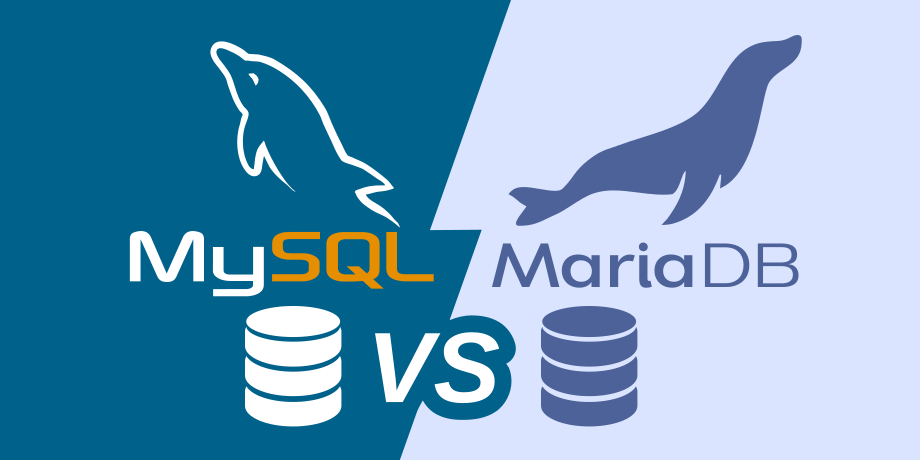MariaDB vs MySQL: The Main Differences Between the Database Giants
MariaDB and MySQL, two of the world’s most popular open source relational database management systems, share a common history but have evolved with notable differences. Understanding these distinctions is crucial for developers and businesses when choosing the foundation for their applications.
The main difference lies in their origins and licensing. MariaDB emerged as a fork of MySQL in 2009, created by MySQL founder Michael “Monty” Widenius himself. The creation of MariaDB was a response to the acquisition of MySQL by Sun Microsystems (and later by Oracle), sparking concerns in the community about the future of MySQL’s fully open source nature.
While MySQL operates under a dual-licensing model—an open source version (GPL) and a commercial edition with additional features and support—MariaDB remains fully licensed under the General Public License (GPL), ensuring that it will always remain free and open source software.
Technical and Resource Differences
Beyond licensing philosophy, there are technical distinctions that can impact performance and functionality:
| Feature | MariaDB | MySQL |
| Performance | Generally considered slightly faster in replication and queries. | Solid and reliable performance. |
| Storage Engines | It offers a wider range of storage engines, including Aria, ColumnStore, and MyRocks, in addition to the traditional InnoDB and MyISAM. | It primarily focuses on InnoDB as its default transactional storage engine. |
| Thread Pooling | Includes thread pooling feature in its standard version, capable of managing a large number of connections more efficiently. | Advanced thread pooling is a feature available in the Enterprise (paid) edition. |
| JSON Handling | Treats JSON data as LONGTEXT strings, which can be slower for searching and manipulation operations. | It has a native and binary JSON data type, optimized for faster access to document elements. |
| Exclusive Features | It introduces features such as “invisible” columns, which do not appear in a SELECT *, and temporary tablespaces. | It offers features like pivot columns and data masking in its Enterprise edition. |
| Oracle Compatibility | Starting with version 10.3, it offers a compatibility mode with Oracle’s PL/SQL syntax. | It has high compatibility, but does not support PL/SQL. |
| Development | Development is led by the MariaDB Foundation and MariaDB Corporation, with a process considered more open and community-based. | Development is led by Oracle, with a more centralized roadmap. |
Compatibility
Despite the differences, compatibility between MariaDB and MySQL remains high. For the most part, the APIs and commands are the same, allowing for a relatively smooth migration from one to the other. Tools and connectors developed for MySQL generally work seamlessly with MariaDB.
Advantages and Disadvantages
MariaDB:
- Advantages: Fully open source, potentially superior performance in certain scenarios, a wider variety of storage engines, and more open development.
- Disadvantages: While growing, it may have a slightly smaller user base and third-party tool ecosystem compared to MySQL.
MySQL:
- Advantages: It’s the world’s most popular open source database, with extensive documentation, a large user community, and strong corporate backing from Oracle.
- Disadvantages: The dual-license model may be a concern for some, and certain advanced features are restricted to the paid version.
In short, the choice between MariaDB and MySQL depends on project priorities. For those who value a strict commitment to open source, potentially faster performance, and greater storage engine flexibility, MariaDB may be the ideal choice. For projects seeking stability, broad industry support, and the mature ecosystem of an established giant, MySQL remains an extremely robust and reliable option.

